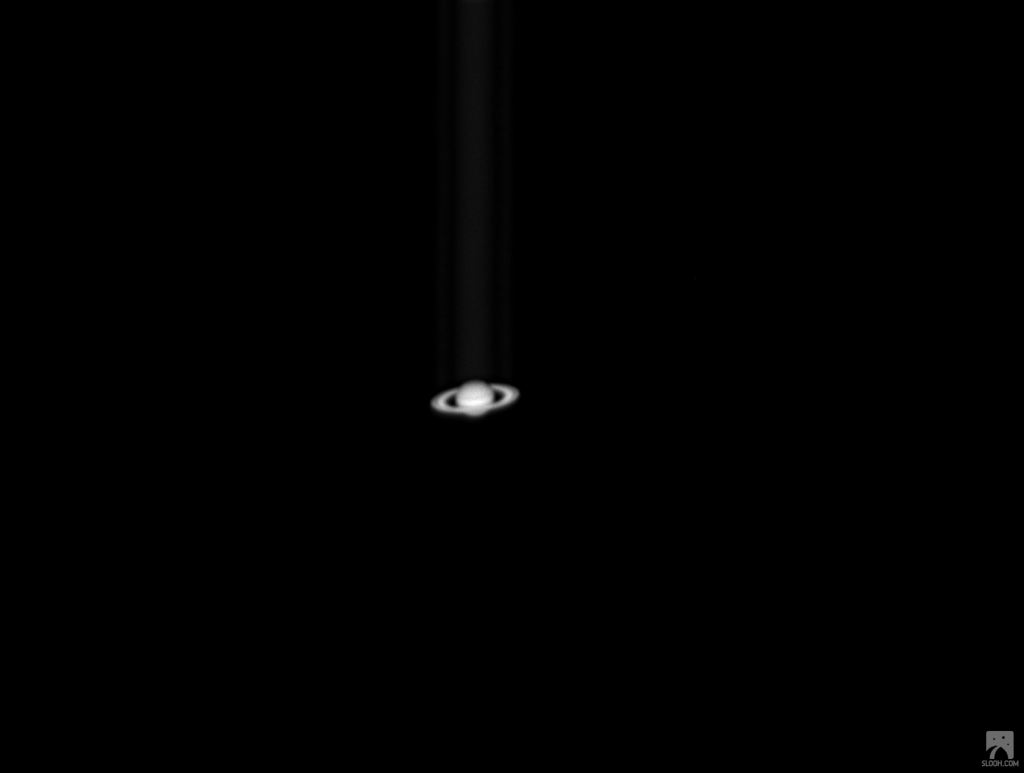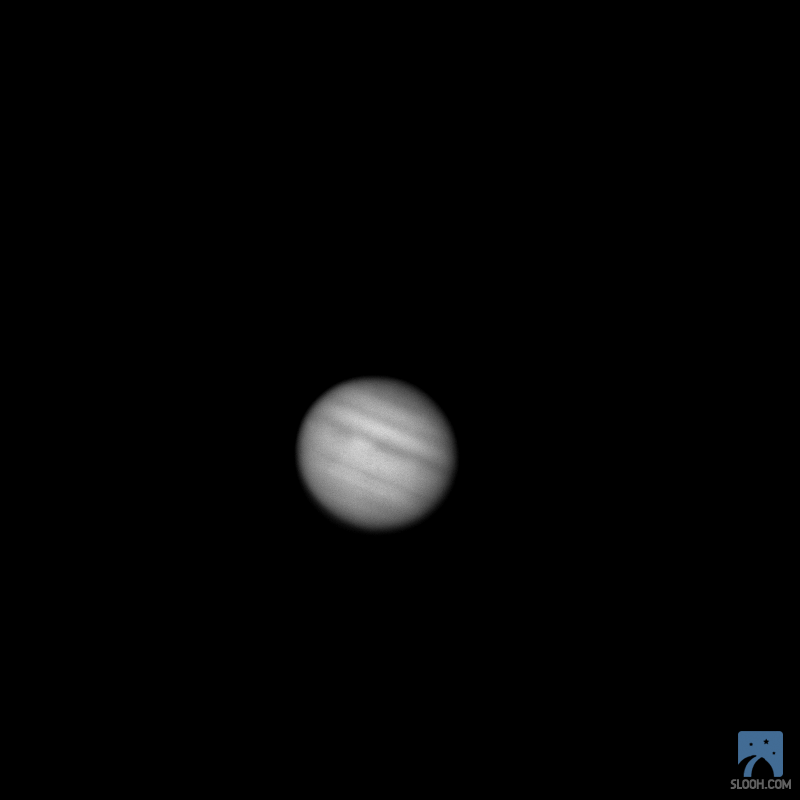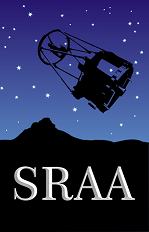The Return of the Kings
For the next few months, we have some of our best performers out to entertain. Saturn and Jupiter are up in the sky together again and are fantastic objects in any telescope. They are visible from early evening in the eastern sky, travelling overhead at about midnight.

Saturn is a bright yellowish star, and is by a long way the favourite object of any first time observer. Through a telescope of any size, Saturn’s rings are clearly visible: the icy shards of a moon which wandered too close and was split apart by Saturn’s gravity. Through a medium scope you might spot the Cassini division – a gap in the rings splitting it into an outer and inner ring. Saturn itself looks like a yellow and grey striped ball. A telescope should also show a collection of tiny stars in a rough elliptical shape around the planet. These are some of Saturn’s icy moons. You can see up to seven of them, depending on the scope and the quality of the air. The image shown here is optimised for Saturn itself, hence no moons are showing.
Jupiter is almost as spectacular (and my personal favourite), it appears as a bright white star rising in the east. A small telescope or binoculars will show it’s four large moons beside it: Io, Europa, Ganymede and Callisto. Because Jupiter sits “upright” in it’s obit, this means that we see the moons in a straight line beside Jupiter. A small telescope will show two brown bands on the face of Jupiter, known as the equatorial belts. On a good night, the thicker northern belt will show it’s shaggy edges, a clue to the high winds ripping across the clouds of Jupiter. On certain nights, the Great Red Spot will also rotate into view in the southern belt. This is a storm which has raged for hundreds of years – for as long as humans have been able to see it, it has been there. The red spot has been growing smaller over the last few decades, but it isn’t going away any time soon, there is plenty of time to check it out

If you’d like to see these two top planetary performers plus many more deep sky objects, come and visit us on our social viewing nights.
Greg

Recent Comments